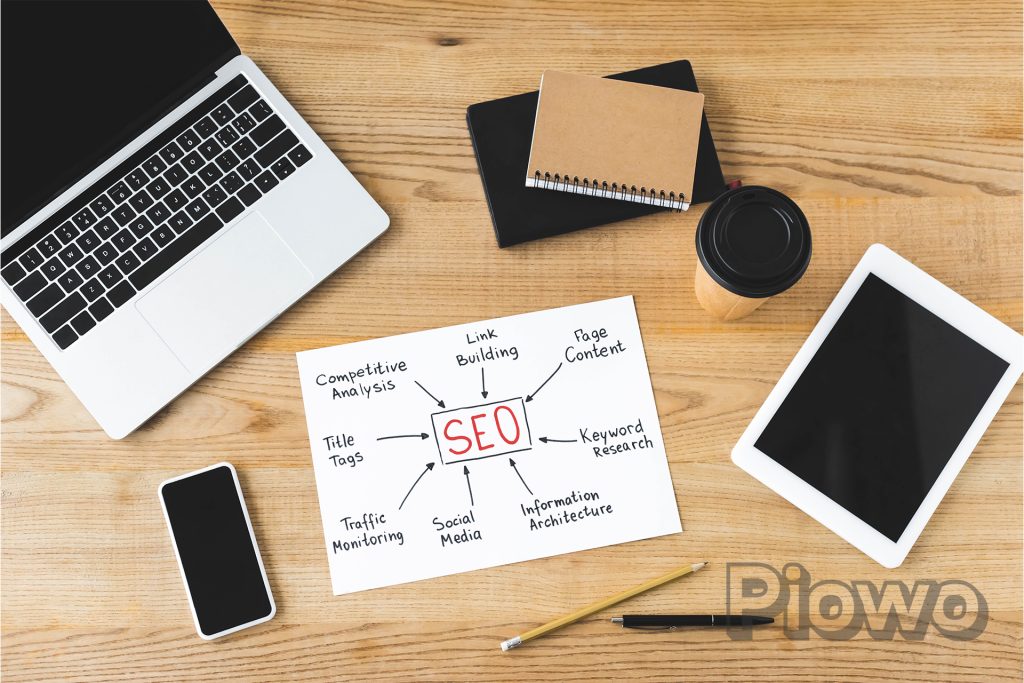Need to improve your introductions? While a catchy title will entice readers to click on your article, it is the introduction that will encourage them to read on. If you want to hold the reader’s attention and encourage them to take action, this is the part you cannot afford to overlook.
Remember that the introduction sets the tone for the rest of your content. This is where you introduce your article, reassure the reader, and show them that you will answer all their questions.
If you’ve read this far, it means you like my introduction, and it’s done its job! Without further ado, here are seven pro tips for writing a captivating introduction!
1. Address the reader in the first sentence.
Want visitors to feel engaged with your content? Get them involved right from the start by addressing them directly. Use the pronoun ‘you’ or ask your readers a question. If they find themselves answering in their head, you’ve won!
This technique enables you to create an emotional connection with your audience.
2. Appeal to the reader’s imagination.
Creating a mental image helps to engage the reader and hold their attention. This is an effective technique for introductions.
To activate the reader’s imagination, use sentences containing expressions such as ‘Imagine’, ‘Think about this’, ‘Do you remember when?’, and so on.
3. Play on emotion:
It is common to include an emotional element in the title of a blog post. However, this feeling must continue throughout the content, including the introduction. Readers should feel something when they start reading, such as passion, calm, motivation, excitement, admiration or happiness.
To achieve this, consider how your readers will feel when searching for your article. For example, if your blog post answers the question ‘How can I organise my holiday well?’, chances are your readers are feeling slightly stressed about the prospect. The goal is therefore to reassure them.
Readers need to know that you understand their needs and can meet their expectations.

4. Avoid words with little added value.
Writing a compelling introduction is very similar to writing an excellent tweet. Convince yourself that you have a limited number of words and need to convey your message quickly.
To this end, avoid weak words such as ‘stuff’, ‘things’, ‘better’, ‘maybe’ and ‘believe’. Avoid imprecision and adverbs.
The key to success? One sentence = one piece of information or one emotion.
5. Delay the transition.
To encourage visitors to read on, delay the transition from the introduction to the main content. This creates rhythm and dynamism in the paragraph.
For example:
Instead of writing, “Do you want to improve your natural referencing? We offer business solutions to help you better define your keywords and improve your positioning’, write:
Write: ‘Want to improve your SEO? Discover our solutions to help you define your keywords and improve your ranking.’
Place the transition word or phrase at the beginning of the next sentence or paragraph. You can also use an ellipsis, as in the example above.
This slight visual stimulus holds the reader’s attention by giving them the illusion of reading faster.
This slowly draws readers to the bottom of the page, line by line.
Use the rule of poetic iteration.
6. Use the rule of poetic iteration.
Poetic iteration involves the deliberate repetition of certain words or constructions to reinforce the impact of your writing on the reader.
It creates an appealing rhythm that captivates the reader and establishes a connection within the text.
A specific form of iteration is the rule of three, which states that any idea presented three times is more memorable, enjoyable and interesting. Just like the sentence you have just read!
7. Don’t repeat the title!
Assume that the reader has already read it. There is no need to rewrite it. Instead, use this opportunity to reinforce the information presented and set the scene for the rest of the article.
blog post introduction tips effective introduction guide engaging introduction techniques essay introduction tips how to write an introduction introduction writing tips start a paragraph well writing a good introduction writing hooks and openers
Last modified: July 14, 2025












